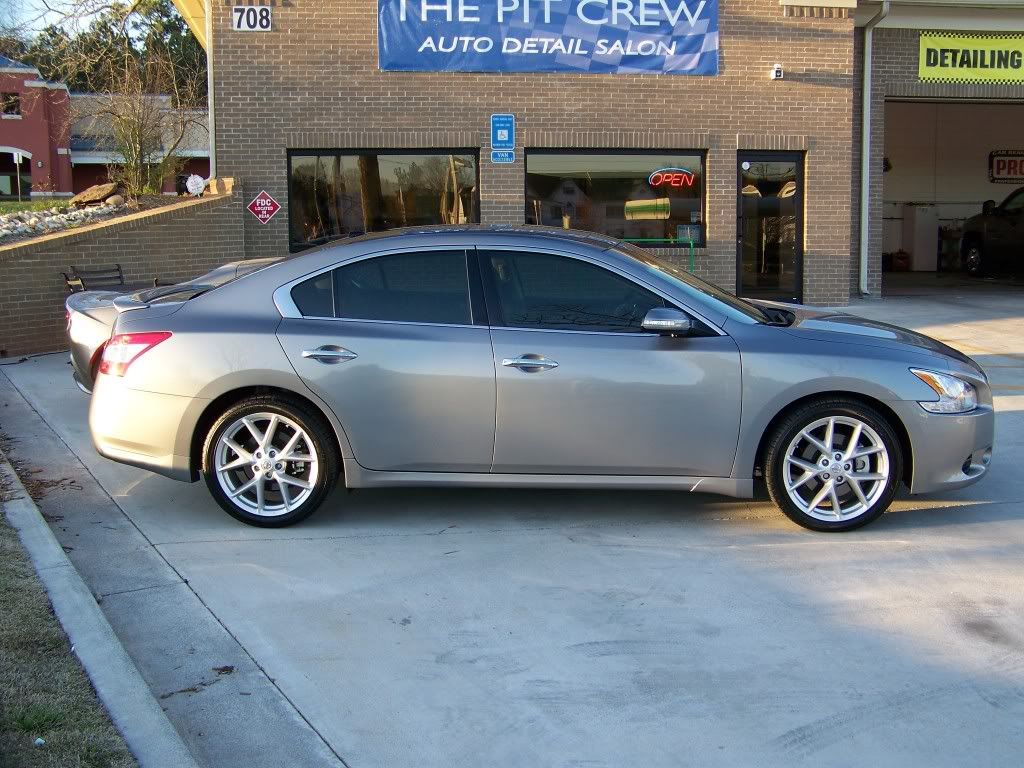
Window Tint? Auto Glass Repair or Replacement? Vehicle Wraps? Get a Quote!
20% Tint Vs 35% Tint

20 Percent Tint

Window Tint? Auto Glass Repair or Replacement? Vehicle Wraps? Get a Quote!
20% Tint Vs 35% Tint
20 Percent Tint
The red Dodge has all 35% tinting. Also has a inside the car shot from the 20%, then the 35%. My black MazdaSpeed3 has all 20% tint. The red Dodge has all 35% tinting. Most new car models come with at least a visible light transmission percentage (VLT%) of 15%. Factory tints are commonly installed on all windows except the front passenger's and the windshield. Most new car owners are not contented with factory car tints and still would like to have window tint paper in Wekiva Springs FL installed in their. From a basic search I did, 35 - 30% tint is 'too light'. I than think of 25% tint but was told no such thing as next level is 20%. I want to do tint as I spend 100km one way to work and 100 km back home, so during the summer sun, I would like to keep a bit cool and have some 'privacy'. So I am thinking of 20% tint on all 4 doors + rear.
20 Percent Tint On Top Of 350
Thirty-Five (35) Percent Tint Thirty-five percent shade is the maximum allowed by Michigan law. Twenty (20) Percent Tint Twenty percent window shade tint is also called 'Factory Tint'.
25% Vs 35% Tint
Limousines use the darkest window tints allowed on the roads.
Car window tint is a method, either integral or retro-fitted, of blocking light from outside the vehicle to its interior. Integral tint is installed as a component of the glass during manufacture; retro-fitted tint is applied to the glass as a film after manufacture. Even clear glass blocks some light transmission, so a calibration of retrofitted tints must measure the resistance of the glass plus the film. The measurement is described in percentages.
Percentages
Window tints percentages are described with the lower numbers representing the darkest tints. Confusingly, this scale results in a 100-percent tinted window having no tint at all; it lets in 100 percent of the external light. For all its faults, this graduation is universally accepted. 'Limo tint,' for all practicable purposes the darkest on the market, is a 5-percent tint, allowing only 5 percent of exterior light levels to enter the vehicle.
Visible Light Transmission
The apparent misnomer makes marginally more sense when referred to by its proper name, visible light transmission, or VLT. A 60 percent VLT tint blocks 40 percent of visible light transmission; a 20 percent VLT blocks 80 percent of visible light transmission.
Industry Standards
While not mandated by any regulatory authority, a sliding scale of tint percentages is accepted by the automotive industry. As noted, 5 percent is considered a limo tint; 20 percent is considered dark; 35 percent is considered medium; 50 percent is considered a light tint.
Legal Issues
There is no federally mandated regulation governing tint, but many states have placed legal restrictions on the maximum allowable percentages for road-use vehicles. Purported to be a safety precaution, the restrictions also make it easier for law enforcement officers to monitor activities inside vehicles. Typically the laws allow for the rear screen to be tinted as dark as the owner wishes but limit the percentages on side windows and the amount of the windshield that can be tinted, usually measured downward from the top. Side window regulations may be relaxed for limousines and medical transport.
Factory Fit
Most cars are manufactured with a certain amount of tint already in their windows. This serves the tandem purposes of minimizing road glare and slowing the rate at which a vehicle interior heats up in direct sunlight. Most are delivered with around a 90 percent tint, and — to ensure legal compliance — this must be factored into the calculation when adding more tints.

